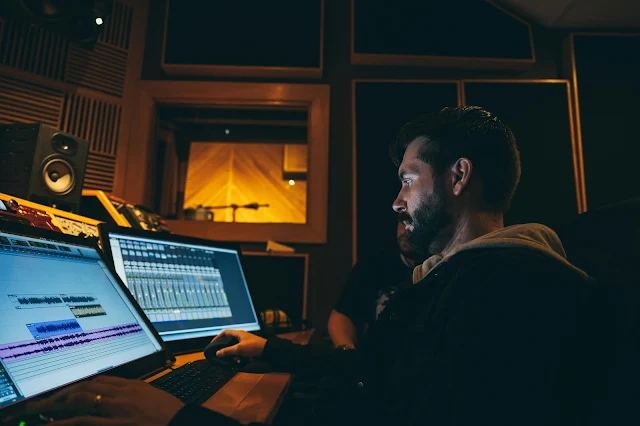How to tracking a Project
How to track a Project
Tracking a project in project management involves monitoring its progress, identifying any deviations from the plan, and taking corrective actions to ensure the project stays on track. Here's a step-by-step guide on how to effectively track a project:
Define Clear Objectives and Key Performance Indicators (KPIs):
- Clearly define the project's objectives and goals.
- Establish KPIs that measure progress towards these objectives. These could include metrics like budget variance, schedule adherence, task completion rate, etc.
Create a Project Plan:
- Develop a detailed project plan outlining tasks, dependencies, timelines, and resources required.
- Use project management tools like Gantt charts or Kanban boards to visualize the project plan.
Assign Responsibilities:
- Assign tasks to team members based on their skills and expertise.
- Clearly communicate roles, responsibilities, and expectations to each team member.
Set Milestones:
- Break the project into smaller milestones or checkpoints.
- These milestones act as progress markers and help in tracking the project's advancement.
Regular Monitoring and Reporting:
- Monitor the project's progress regularly against the established KPIs and milestones.
- Collect data on task completion, budget utilization, timeline adherence, and quality of deliverables.
- Generate regular progress reports to keep stakeholders informed.
Identify Variances and Risks:
- Continuously assess the project for any deviations from the plan.
- Identify potential risks and issues that may impact project delivery.
- Analyze the root causes of deviations and risks.
Take Corrective Actions:
- Develop action plans to address any deviations, risks, or issues identified.
- Adjust the project plan, resources, or timelines as needed.
- Communicate changes and adjustments to the relevant stakeholders.
Communicate Effectively:
- Maintain open and transparent communication channels with the project team and stakeholders.
- Ensure everyone is aware of project status, changes, and expectations.
Document Everything:
- Keep detailed records of project progress, decisions made, changes implemented, and lessons learned.
- Documenting everything helps in understanding the project's history and facilitates future project management.
Continuous Improvement:
- Conduct regular project reviews to identify areas for improvement.
- Incorporate lessons learned into future projects to enhance project management processes.
By following these steps, you can effectively track a project in project management, ensuring it stays on course towards achieving its objectives.




Comments
Post a Comment